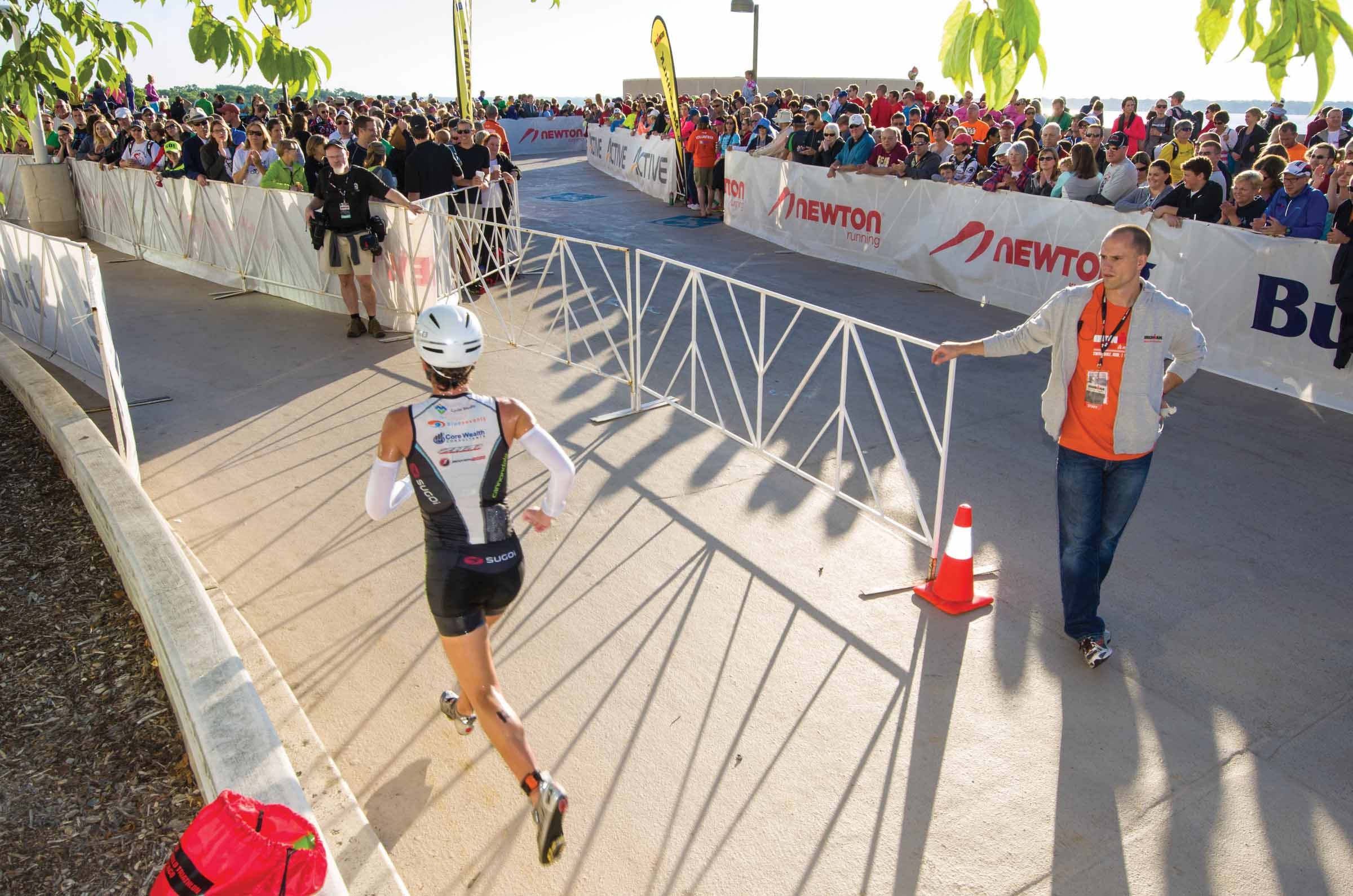Come Out Ahead— By Starting Behind

Photo: Gary L. Geiger/Endurapix
New research serves as a reminder of why you shouldn’t go out too hard.
While almost every endurance athlete understands the perils of pushing too hard early in a race, new research provides further evidence that backs up thwarting the practice. A recent study published in the Journal of Strength and Conditioning tested seven world-class Nordic skiers to see the impact of going out too hard during a run.
They first tested the athletes during a hard run at lactate threshold pace, followed by a rest period. When they had them run a second time trial, they discovered that running economy was 5.5 percent worse on average than in the first run. That’s not insignificant, considering it’s a difference of over eight minutes for a 2:30 marathoner.
When you run hard, lactate accumulates in your muscles and other markers of fatigue set in, making you less efficient for the immediate future. While this study and plenty of anecdotal evidence make the case for moderating pace in the early stages of the run, especially for longer races, athletes still frequently get swept up in the excitement of race day, burning through vital energy stores too early.
“Coming off the bike into T2 is an adrenaline rush no matter the distance,” says Anthony Bagnetto, a certified USA Triathlon coach based in New York City. “This excitement can lead to a total distraction from your overall race goals and mask your rating of perceived exertion, making you think you aren’t working as hard as you actually are.”
RELATED: New Research Reveals When You Should Up The Pace On The Bike
Indeed, most athletes can recall a time when a certain pace felt easy in those confident first miles, only to crash and burn later on. What’s more, if your performance in the swim or bike left something to be desired, it can be tempting to try to make up time. In either case, the end result usually isn’t pretty.
“The number one result of starting out too fast are positive splits through the run, regardless of distance,” explains Bagnetto. “This can be subtle, losing only a few seconds per mile, or a sudden bonk where the pace drops all at once. Either way, the inefficiency of positive splits will result in a suboptimal performance.”
While the exact approach to pacing will depend both on the distance of the race and your fitness level, Bagnetto suggests utilizing heart rate data to guide you. Hard data can show you how amped you are going into those early miles.
“I will often give hard heart rate zone prescriptions for the first 10–15 minutes of a race that’s an Olympic distance or longer,” he says. “Athletes can drift up as the finish line gets closer, ideally negative splitting along the way.”
While the longer distances require a more calculated approach, a sprint race is a different story. Since short and fast is the name of the game, being conservative about pacing isn’t as much a concern, Bagnetto explains. “If the athlete is experienced,” he says, “I would expect him to be near redlining all the way and will try to have him start 10–15 seconds per mile off his stand-alone 5K PR and speed up gradually from there.”
Have a plan, trust it and rein in your pace when needed—doing this can potentially help you score a big PR at your next race.